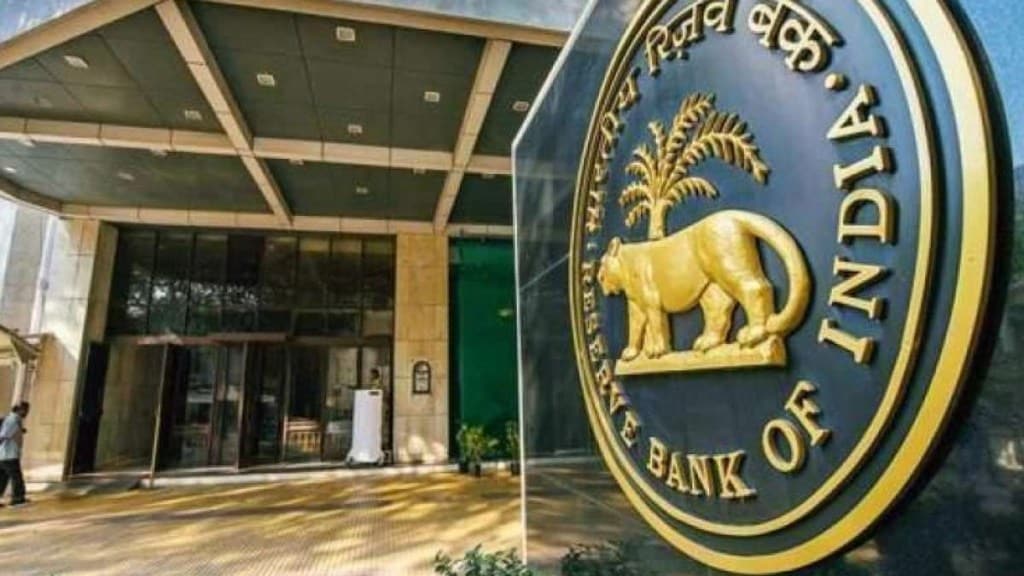Indian foreign exchange reserves (Forex) have risen after a continuous downward spiral for eight continuous weeks. The forex reserves increased by $1.510 billion and touched $658.091 billion till the week that ended on November 29, according to the data from the Reserve Bank of India.
According to the recent RBI data India’s foreign currency assets (FCA), the largest component of forex reserves, stood at $568.852 billion. Gold reserves currently amount to $66.979 billion. Estimates suggest that India’s foreign exchange reserves are now sufficient to cover approximately one year of projected imports.
Forex reserves downward trend
The forex reserves were going through a downward trend, since it touched its all time high of $704.89 billion in September. The major reason attributed to the decline was the selling of forex reserves by the RBI to prevent a sharp decline of Indian rupee against US dollar and to stabilize it. Foreign reserves work as shields for the domestic currency from global shocks.
Forex and RBI’s Role in Stabilizing the Rupee
Foreign exchange reserves (FX reserves) are assets held by a country’s central bank, mainly in currencies like the US Dollar, with smaller amounts in the Euro, Japanese Yen, and British Pound. The Reserve Bank of India (RBI) keeps a close watch on foreign exchange markets, intervening only when necessary to keep the market stable and avoid shocks in the value of the Indian Rupee.
The RBI manages liquidity, which often involves selling dollars to prevent the Rupee from losing value rapidly. About ten years ago, the Indian Rupee was very volatile compared to other Asian currencies, but it has become much more stable over time. The RBI’s strategy of buying dollars when the Rupee is strong and selling them when it weakens has helped make Indian investments more attractive to global investors.
(With ANI Inputs)


